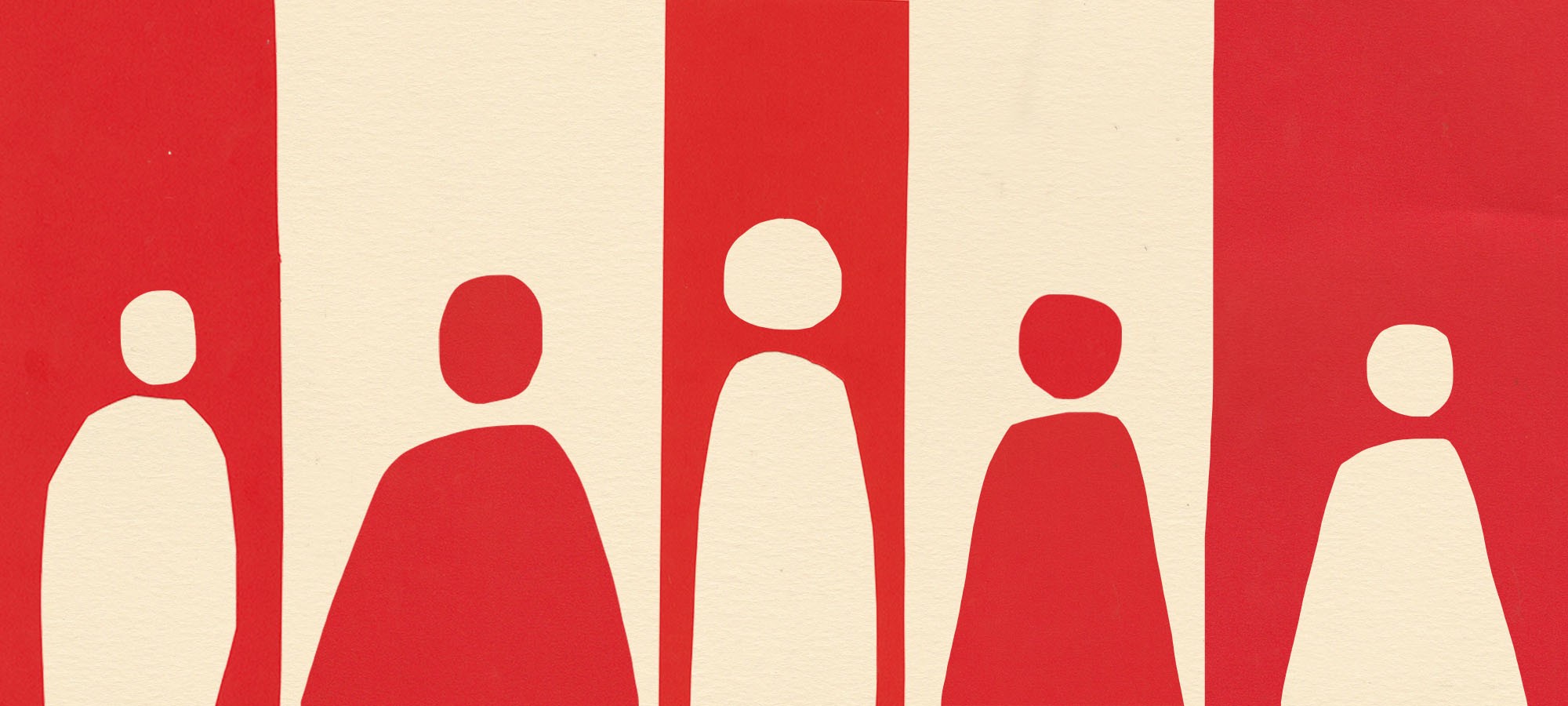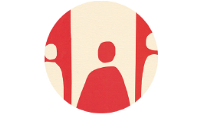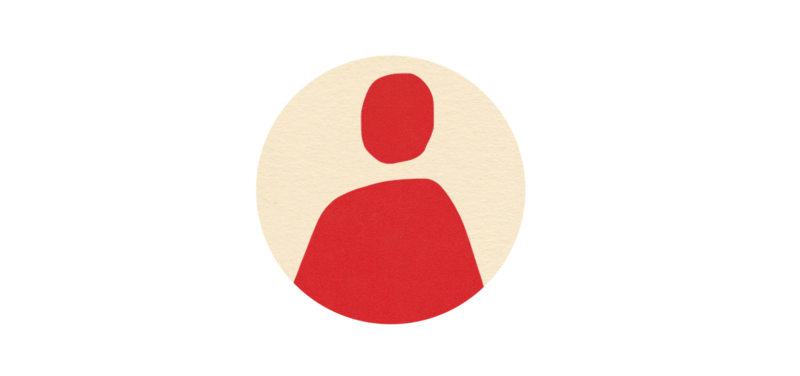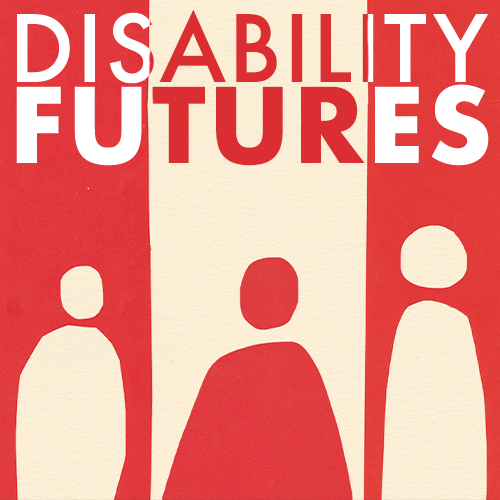

Read the next installment: “Remaking the Ideal Teacher”

In many ways, all of our futures are tied to the future of disability. The bottom line is that a large percentage of us will be disabled, if we haven’t already been, for short or long periods. As we age, most of us will become, in some way or another, disabled.
But aging is not the only way that our futures are connected to disability. As the five pieces I’ve curated for “Disability Futures” show, whether we know it or not, disability is relevant, even central, to our lives.
First, some context is needed. Historically, due to a lack of access to education and a dearth of disabled educators and mentors, there has been a knowledge gap between generations of the disabled.
As I age, it has become a priority to use my privilege as a trailblazer in disability culture to help solve this cross-generational problem. Decades ago, when I started to write about disability, I didn’t have immediate role models. Writing about disability was seen more as therapy than art. Disability studies was not yet a viable academic pursuit. It took me a while to find my disabled writer peers.
So, when I set out to curate this “Disability Futures” project, I decided that all of the writers I would include would be younger than I am; the writing collected here is one small step in what I hope will be–on both an individual and a broader level–an ongoing process of connection.
It is often forgotten that disability is an intersectional identity, crossing not only generational boundaries but also those of gender, class, sexuality, nationality, and race, bridging these historical gaps and forging connection not only between generations but across multiple identities. When I started being published, I was mostly seen as a gay writer. Over time that has shifted, and it seems that I’m now seen more as a disabled writer.
I’m not sure why this has happened. Perhaps it is because, over the years, the advent of disability studies or the burgeoning of disability culture has made disabled writers a distinct category–but not yet one that is included in most discussions of diversity. What I write about hasn’t changed, but the context for my writing has. Yet the context hasn’t changed enough. Writing about disability is still most often siloed in “special” series or specific issues of journals or websites.

Decades ago, there were very few, if any, disabled people in roles such as disabled writer, disabled teacher, disabled mother, disabled student, or disabled dancer. The five writers of “Disability Futures”–Emily K. Michael, Rebecca Sanchez, Rae Rose, Rebecca Maskos, and Alice Sheppard–write about these experiences. This is evidence that there are now more opportunities for disabled folks to be included in our society.
But despite this progress, Maskos reminds us, “German schools are still allowed to reject children with disabilities when they think that they can’t make suitable accommodations.” And Rose writes, “As a bipolar pregnant woman, I was terrified that my first psychiatrist was right when he told me I should never allow myself to get pregnant; he said I might kill my baby.”
In The History of My Shoes and the Evolution of Darwin’s Theory, published in 2007, I wrote, “We live in a time when the disabled are on the cutting edge of the social trend of the broader use of assistive technology. Wireless technology and electronic gadgets are ubiquitous. The meaning of what it is to be human is wide open.” A decade later, writing in The New York Times about Aktion T4, the Nazi program that killed 300,000 disabled people, I wrote, “What kind of society do we want to be? Those of us who live with disabilities are at the forefront of the larger discussion of what constitutes a valued life.”
Sheppard echoes my words when she writes:
Much of what we know about how minds, bodies, medications, chips, and wire interact is because of disability. Disability brings to the surface our core values as a society. When we make exoskeletons, voice recognition technologies, navigation devices, prosthetic limbs, or chips that enable users to move body parts with their brains, we are answering questions about how we relate to each other, and how we value ourselves in mind and body.
Disability is not only at the forefront of technology–it is at the forefront of redefining human relationships. Sanchez shows how the TV series Speechless “serves as an important reminder of the vital ways in which disability invites us to reconsider how we relate to and with other people.” Michael shows how inclusive classrooms ask us to question the values of independence and interdependence, while Maskos confesses how early educational inclusion efforts could also reinforce “compulsory able-bodiedness.” Rose’s inclusive look at motherhood insists upon a supportive digital community.

The writing gathered here moves disability from the margins to the center of the conversation–where I believe it belongs. But even here it is somewhat siloed, isolated from the larger conversation. Out on the street, different bodies are too often stared at; on the pages and on our stages, disability is too often ignored. Even some of the cultural gatekeepers most committed to inclusion don’t get how important disability is to diversity.
Early in my career, I was told that, when I was planning a talk or an event, if I used the word “body” in the title, people would show up, but if “disability” was in the title, nobody would come. Today, high-profile venues and publications give space for disabled writers to be heard, but it’s often relegated to a section devoted to “disability.” It is as if writing “about disability” is cordoned off from the rest–as if it could be contagious. This allows readers to more easily ignore what they don’t see as relevant to their lives.
But we ignore disabled writers at our peril. As the five writers I’ve invited to write for “Disability Futures” illuminate, disability is relevant to all of us, disabled and nondisabled alike. Disability is–physically, emotionally, and technologically–in the process of redefining our lives.

Read the next installment: “Remaking the Ideal Teacher”

How We Get To Next was a magazine that explored the future of science, technology, and culture from 2014 to 2019. Disability Futures is a six-part series curated by Kenny Fries. We can’t think about the future–of health, of technology, of community–without centering disability.
